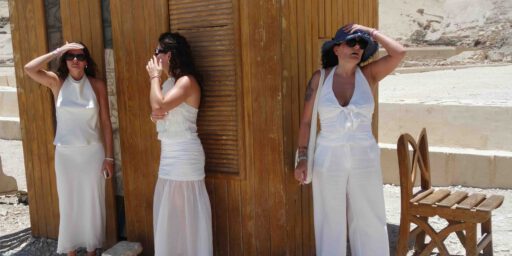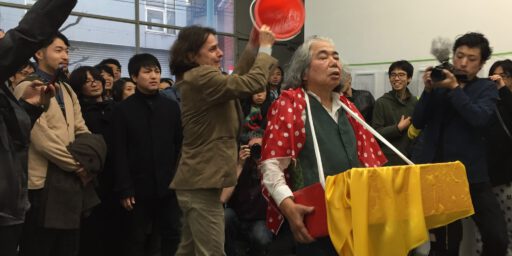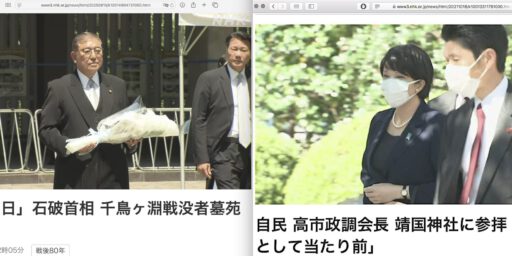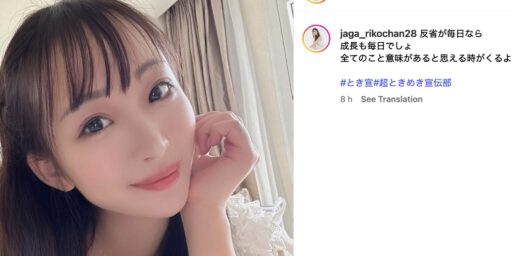シャオ現代美術館 Xiao Museum of Contemporary Art

2021年9月に新設されたシャオ現代美術館は、日照市 (Rizhao City)の中心部にある超高層ビルの2フロアを占め、総面積5,500平方メートル超の8つの展示スペースがあります。1994年生まれの創設者、Ding Yixiaoは、中国で最も若い個人美術館を所有するコレクターの一人です。2015年にUCLAを卒業したDing Yixiaoは、2018年に現代美術の収集を開始しました。プロのキュレーターと運営チームの支援を受け、北京や上海といった人気のトップティア都市から離れた故郷の日照市で、プライベートコレクションを一般に公開するアートスペースに変貌させました。そうすることで、彼は地元の一部の観客に初めての現代アート体験を提供しています。
日照市は、中国の中央海岸、南東部に位置する有名な海岸観光都市である。山東省です。
Instagram: @xiaomuseum
香港との比較:
香港に視覚文化美術館、M+が今月にグランドオープン
Grand opening of M+, Hong Kong’s museum of visual culture, this month
https://art-culture.world/articles/m-hong-kong-museum/
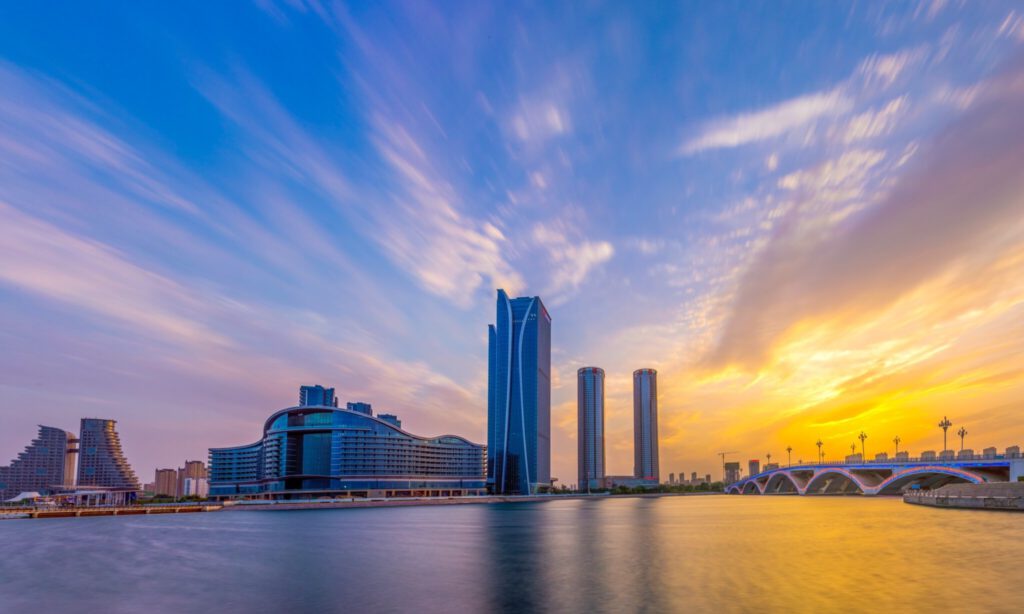


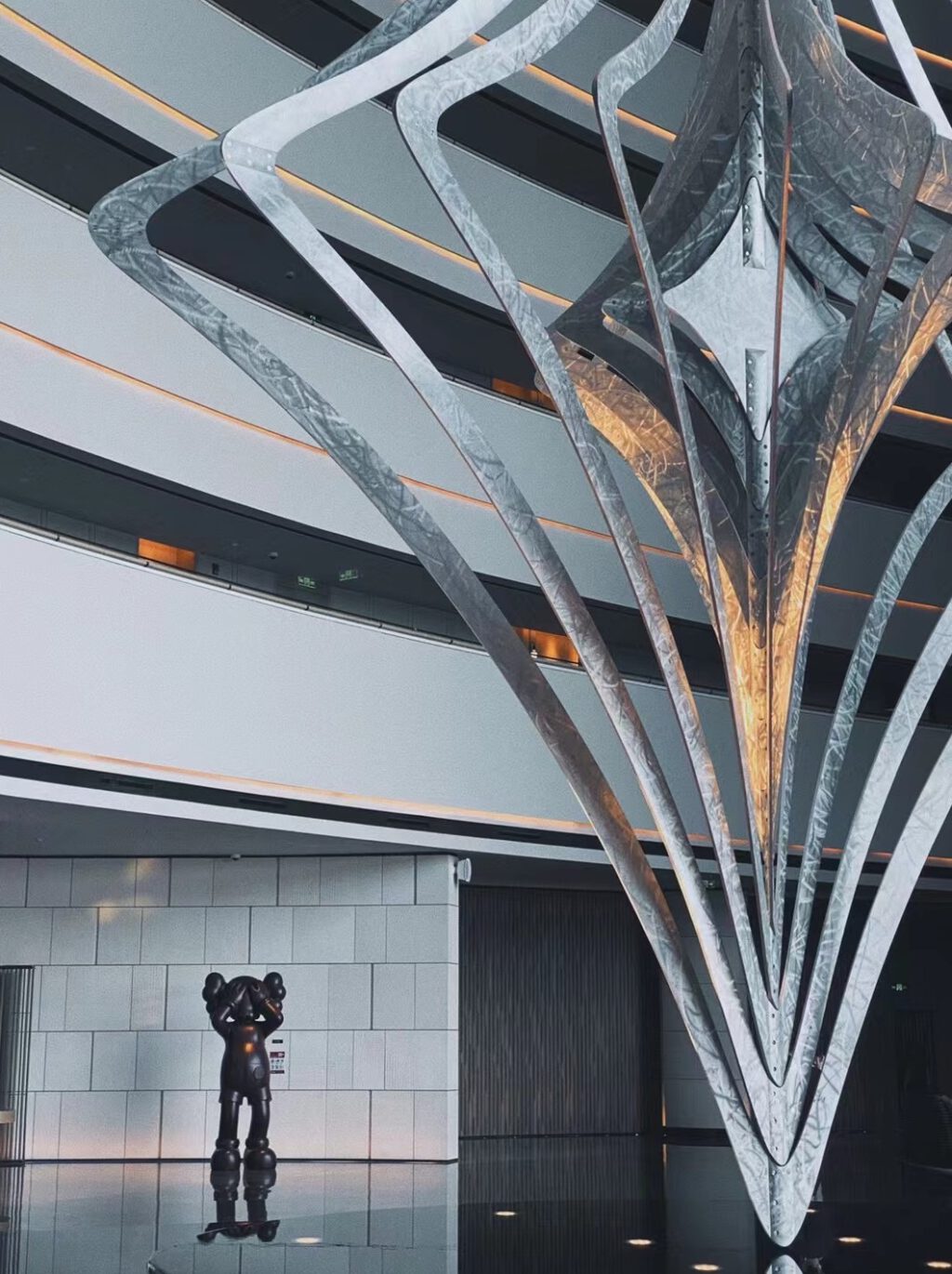
up-date 2022/6/11
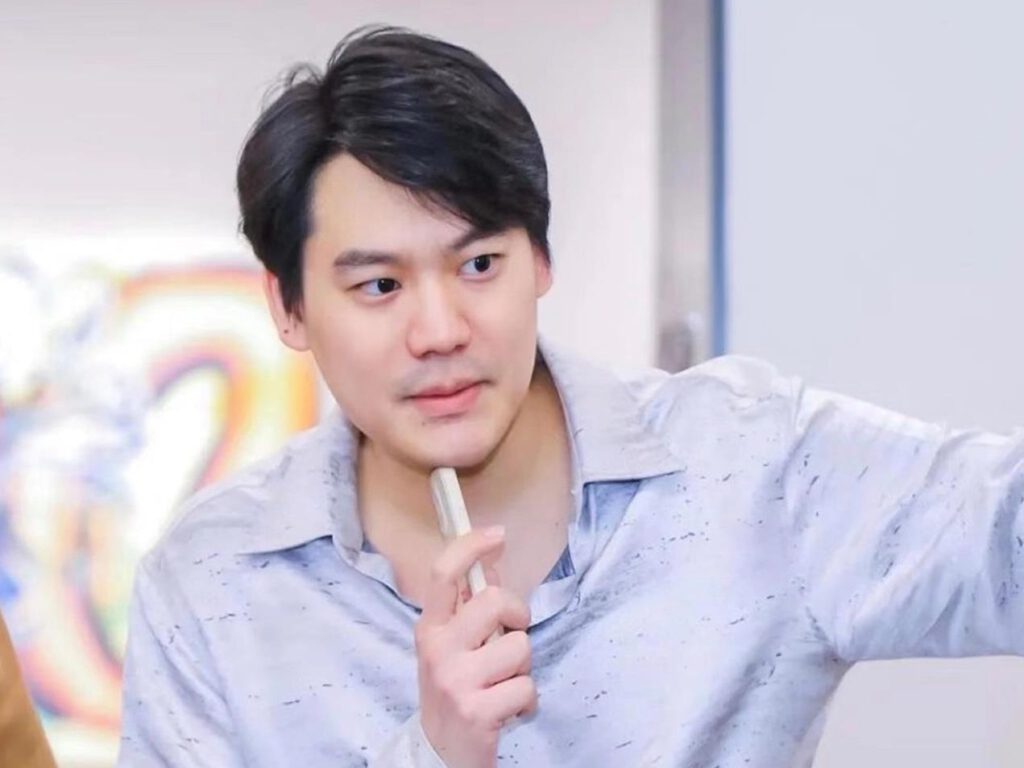
Courtesy of the Xiao Museum of Contemporary Art
Ding Yixiao
From Collection to Community
Initially drawn to KAWS’ toys and prints, collector Ding Yixiao bought one of the artist’s original works at Christie’s Hong Kong Spring Auction in 2019.
From there, his collection began to expand its focus, from Pop Art to work by younger artists, ‘partly because I was born in the 1990s and can resonate more with what artists around my age have to say,’ he explains. ‘I love having conversations with artists, to understand the world from their perspectives. It’s a process I greatly enjoy.’
In September 2021, Ding Yixiao founded Xiao Museum of Contemporary Art—a two-storey art space in Rizhao, a city in China’s southeastern Shandong province. Born in 1994, Ding Yixiao is one of the youngest owners of a private museum in the country, and has major plans for his hometown’s art scene.
This entails bringing modern and contemporary masters to public audiences, with dream acquisitions including artists such as Louise Bourgeois, Picasso, Mark Rothko, and Jean-Michel Basquiat. ‘But collecting one’s dream pieces may be more a matter of fate,’ Ding Yixiao notes.
Having most recently acquired a painting by Barbara Kruger, such dreams may not be so unrealistic, paired with the desire to create a platform ‘for a community that transforms and produces knowledge, and that can have an impact on the cultural and art ecosystem.’
A fourth-tier city, Ding Yixiao expresses the challenges that came with establishing an operating team at Xiao Museum of Contemporary Art, when resources are primarily concentrated in Beijing, Shanghai, and the Guangdong region. But he is hopeful for the museum’s future as an approachable platform for contemporary art.
In his selections from Ocula below, Ding Yixiao highlights painting with dreamlike, uncanny features, as with Alejandro Cardenas, Josh Smith, and powerful and poetic figuration, as in the case of Chase Hall, Michael Hilsman, and Otis Kwame Quaicoe.
https://ocula.com/advisory/curated-selections/ding-yixiao/
up-date 2023/8/10
Known as a Deep-Pocketed, ‘Aggressive’ Chinese Collector, Ding Yixiao Has Now Been Blacklisted by the Art Market. What Happened?
The collector’s eponymous museum in China is shuttered and he is at odds with at least one auction house.
August 10, 2023
It was just over a month ago at Sotheby’s London that the already slim 17-lot sale of ultra-contemporary art, known as “The Now,” became even slimmer when it was revealed on the day of the auction that three lots, all paintings by sought-after female artists, had been withdrawn.
These included works by Louise Bonnet, Hilary Pecis, and Emily Mae Smith, with a cumulative estimate range of £440,000 to £660,000 ($560,000 to 840,000). After the sale, observers buzzed about the gap in lots. One said they were “great paintings,” while others spoke of market jitters, and another said they belonged to an Asian collector. After all, the respective markets for all three artists have been on a tear in recent years, with auction results far exceeding estimates.
One collector’s name came up repeatedly, Ding Yixiao a contemporary art collector who goes by “Xiao” and who founded the Xiao Museum of Contemporary Art in Rizhao, in China’s Shandong province. His Instagram feed is packed with images of buzzed-about contemporary names including the aforementioned artists as well as numerous pieces by Javier Calleja, KAWS, Takashi Murakami, Yoshitomo Nara, and Ed Ruscha.
When Artnet News finally connected with Xiao, he confirmed that the three artworks are his, writing in an Instagram direct message, that he had withdrawn them pre-sale because the market is “bad now” and adding that he still owns them, adding “Well, These are my works, I can do whatever I want to do,” in response to Artnet’s queries about the withdrawals. The Pecis and the Bonnet appear in his previous Instagram posts.
Sotheby’s declined to comment citing client confidentiality.
Just two years ago, it was Xiao himself who was behind the current record auction price of an Emily Mae Smith painting, Broom Life (2014) that sold for HK$12.4 million ($1.6 million) at Phillips Hong Kong in June 2021, smashing the high estimate of HK$600,000 ($78,000).
Artnet News identified him at the time as “an extremely private deep-pocketed Shanghai-based collector who’s aggressively building a collection fit for a private museum, regardless of the cost.”
According to the report: “Xiao wanted the piece so badly that, a day before the sale, he posted a now-deleted Instagram of Broom Life with the caption: ‘Plz don’t fight with me tmr for this EMS. We are in LOVE,’ followed by three crying-laughing-squinting emojis.” The Smith painting still appears in several of his Instagram posts including one that read “Welcome to home” posted shortly after the auction.
However, along with Xiao’s confidence in the market for Emily Mae Smith, his relationship with Phillips auction house has also taken a turn for the worse. Phillips declined to comment citing client confidentiality, but sources said Xiao’s business dealings with the house have become so problematic that he is now banned from doing business with the auction house altogether. August 4 marked a deadline for Xiao to make a payment towards an outstanding balance he allegedly owes Phillips, and sources familiar with the situation confirmed that the payment was not made on time.
Xiao confirmed some of the details but had a different story to tell. “I banned [sic] from Phillip because I’m suing them. They took my works for sale and never paid me money after the sale,” he told Artnet News via direct message. “I will never do business with Phillips again.”
In early May, his attorney wrote letters to Phillips Hong Kong demanding hammer proceeds from sales of seven artworks, one of which failed to sell in an auction and was sold privately and the remainder of which were sold across two auctions. The attorney said that legal proceedings would commence within seven days if the funds were not paid.
A source familiar with the situation said that no legal proceedings have been brought against Phillips by Xiao to date, and that Xiao still owes a sum that exceeds the money he claims he is owed, which is roughly $300,000.
Further, the Xiao Museum is closed until the end of August citing maintenance, according to the museum’s official WeChat account.
Xiao told Artnet that the museum will re-open, and that the next show will be in November. He said the closure is due to an ongoing tax fraud investigation, that he is a victim of a related “scam,” and that he is cooperating with the investigation. He also said he still plans to open another space, which sources said had been slated for Shanghai.
After fielding some questions via direct message, Xiao stopped communicating with Artnet News for this story and referred us to a former associate of the museum. That person declined further comment.
Meanwhile, Xiao’s difficulties with business partners may be spreading. While several art dealers and shippers told Artnet News that they have transacted business and art deals with Xiao without any trouble, more recently sources reported requesting invoices that then went unpaid. One dealer canceled a planned sale after repeated delays, while another that had completed a transaction was unable to arrange for shipment of the work to China and was ultimately told by an advisor that Xiao was “indisposed” until further notice. Another source acted as a proxy for Xiao at an auction, only to find themselves on the hook when he allegedly refused to pay for an artwork that was won on his behalf.
To be sure, many sources in the Chinese-speaking art world that Artnet News spoke with were tight-lipped on the topic of Xiao. Some refused to comment or declined to acknowledge that they knew him.
Still, as Artnet News’ investigation progressed, more dealers and other art professionals who had transacted with Xiao surfaced. Another dealer said they had been warned not to do business with him, while a third dealer was concerned how Xiao’s reputation may impact that of fellow Chinese art collectors and private museums.
“Chinese collectors and private museums are not like that,” the third dealer said.
https://news.artnet.com/art-world/chinese-collector-blacklisted-2345935
Ding Yixiao Was a Big Buyer of Ultra Contemporary Art
When nine works of art were withdrawn from Sotheby’s London sales on June 27th and 28th it drew a fair bit of attention because of the nature of the artists involved. Paintings by Louise Bonnet, Hilary Pecis, Emily Mae Smith, Harold Ancart, KAWS, Barbara Kruger, Ed Ruscha, Dana Schutz and Caroline Walker were all dropped from the Contemporary art sales. That led to no small amount of worry about the potential for a softening market for these seemingly bankable artists.
Artnet saw the three works pulled from The Now sale and started asking questions. That led to a story yesterday about Ding Yixiao, a Chinese collector with a private museum project in China who has been very visible on Instagram while operating at the cutting edge of the market both for new names and higher prices. Ding even posted about setting the top price for Emily Mae Smith at $1.6 million in June of 2021. Ding set the record price for Lucy Bull in June of last year by paying $1.449 million for 8:50.
Artnet’s story identifies the three works from The Now sale as Ding’s then goes on to say the collector has gotten himself into a separate fight with Phillips over the proceeds from sales in Hong Kong earlier this year. Artnet, who refers to Ding as Xiao because of his Instagram handle, adds that dealers have become concerned about the collector’s ability to pay. “While several art dealers and shippers told Artnet News that they have transacted business and art deals with Xiao without any trouble, more recently sources reported requesting invoices that then went unpaid. One dealer canceled a planned sale after repeated delays, while another that had completed a transaction was unable to arrange for shipment of the work to China and was ultimately told by an advisor that Xiao was “indisposed” until further notice.
One reason Ding may be “indisposed” is that his lawyer in a totally different case said in June that Ding Yixiao, “has become unreachable in China due to a government action that has not yet fully been explained or understood.” At least, it wasn’t fully explained as of June. Ding’s lawyer didn’t respond to questions this week about Ding’s possible detention.
More to the point, the nine works pulled from Sotheby’s sales were not consigned by Ding Yixiao. Through a US holding company owned by Ding and his wife, 63 works of art by a range of artists including KAWS, Titus Kaphar, Jammie Holmes, Anna Weyant, Cecily Brown, Dan Schutz, Robert Nava, Oli Epp, Jonas Wood, Avery Singer, Takashi Murakami, Jordy Kerwick, Loie Hollowell, Jade Fadojutimi, Lucy Bull, Nathaniel Mary Quinn, Eddie Martinez, Jamian Juliano-Villani and others had been pledged in January as collateral for a $12.77 million loan.
Actually, the lender had given Ding and his wife $8 million in May of 2022. That loan was rolled into an additional $4 million plus loan agreement in January which is how the total got to $12.77 million.
At some point in the Spring of 2023, Ding missed a payment to the lender. Filings by Ding’s lawyer suggest the cause was the unexplained “government action” in China that left Ding “unreachable.” Whatever the reason, the lender decided to sell nine of the works in London with a combined low estimate of $1.83 million. Ding responded with a lawsuit to prevent the sale claiming the lender was causing him irreparable harm by selling works valued in January for $3.8 million with such low estimates.
Of course, estimates aren’t sale prices (though they are prices at which works could sell.) Understandably, Ding and his wife were upset to see their works being sold so quickly and without having the opportunity to settle their arrears on the loan. One of the problems seems to have been that the lender was concerned about the turn in the market for emerging artists. What had begun as a loan against collateral with a 50% loan-to-value ratio was now, by the lender’s reckoning, a loan against collateral with a 90% loan-to-value ratio.
That’s very risky when it comes to art lending. So the lender asked Ding to pay down $5 million of the loan as well as the missing interest payments.
On June 27th, the day of The Now sale that contained three of Ding’s works that were collateral for the loan, the LLC Ding used for his art filed for Chapter 11 bankruptcy. Six other works cataloged for the Day sale the following day were pulled. Another work offered in a different sale center was also withdrawn. That bankruptcy may be one reason that Artnet found dealers and vendors who were having trouble getting paid.
Whatever financial or political difficulties put Ding in a squeeze, the lender’s move to sell the collateral has more interesting implications. The lender has very sophisticated market intelligence. So there’s something to be learned from the lender’s market decisions.
There’s a good chance that the lender selected the nine works with the strongest market appeal and the best chance of recouping the $5 million it was seeking from Ding and his wife to bring the loan back into balance. The lender tried to go to market with very aggressive estimates. Although there was the risk the collateral could sell for only $1.83 million, there was also a good chance it would have yielded more than the $3.8 million the loan had used to value the works. It would only take a strong sale for a couple of the works to get the lender the $5 million cushion they were seeking from Ding and his wife.
When the withdrawals caused such a stir—witness the Artnet story—it may have also confirmed the general level of interest in these works. In other words, there’s still a lot of interest in the art Ding acquired. After all, he was at the heart of the market for the last three years. Looking at the collateral and Ding’s instagram, the artists are a who’s who of momentum trades.
In addition to the artists named above, Ding bought Javier Calleja’s What for $485,000. He paid $609,000 for Mai Trung Thu’s Melodie in October of 2022. In September, there was a Christina Quarles for $630,000; Stanley Whitney’s Midnight Hour for $655,000; Salman Toor’s The Picnic for $403,000. That same month, Ding bought Scott Kahn’s April in Old Lyme for $252,000 which was a steal compared to the $1 million he spent in November for a painting called Griswold.
As aggressive and scattershot as Ding’s buying was in 2022—he claims on his Instagram that he bought Louis Fratino’s Grapefruit Breakfast for $277,000 in September too—everything turned ugly in 2023. First there was the loan in January for some but nowhere near all of his works. Then things seem to have gotten contentious.
In May, Ding made this statement in an Instagram post, “During the epidemic period, some galleries sold me some works I didn’t want and promised me I will get the works I wanted at a later time. However, several years have passed, and even though there are contracts and email confirmations, they still haven’t fulfilled their promises. Some of them even started to avoid communication, including several well-known large galleries. I’m giving you notice that if I don’t get a resolution by the end of this week, I will send out a letter of counsel and expose you, whatever gallery you are or whatever artist you are, from the moment you intend to profit from me you will keep your word to me.”
Although Ding doesn’t seem to have followed up on the threat, the confrontations didn’t stop there. A week later, Ding accused Phillips on Instagram of “single-handedly crashing the market.”
Ding’s hyperbole aside, it is unclear how this will all play out with Ding now in conflict with a major art lender and an important auction house in the market for emerging artists. Let’s not forget the intimations in legal papers that Ding has also come into conflict with the Chinese government and possibly been detained. So little is known about the source of Ding’s funds that there’s no telling what his assets are and how much of his art has been pledged for collateral. That said, it’s clear that Ding’s collection isn’t big enough to damage the market for any one artist or even for the Ultra Contemporary sector of the market either. Yet these are the kinds of events that have the potential to affect the market’s overall mood. It could be a moment when everyone stops what they are doing and suddenly looks up to ask what they’re doing and why.

